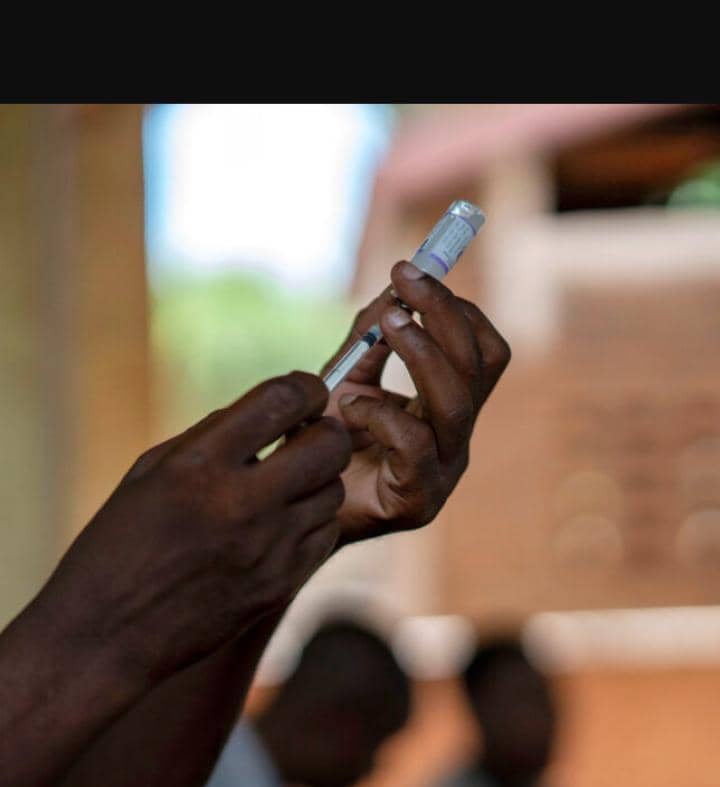
Introduction:
Cancer remains a formidable challenge to human health, as highlighted in a recent report by the American Cancer Society (ACS). While cancer death rates in the United States continue to decline, a new and troubling trend emerges with a significant rise in cancer incidence, particularly among adults under 50. This article delves into the paradoxical scenario, exploring the reasons behind the contrasting trends and addressing critical issues that demand attention and intervention.
Declining Cancer Death Rates:
The ACS report reveals a positive aspect in the battle against cancer, showcasing a continuous decline in cancer death rates. Since 1991, more than 4 million cancer deaths have been prevented, reflecting advancements in early detection, improved treatment, and a reduction in smoking rates. This accomplishment underscores the progress made in the fight against cancer.
Rising Cancer Incidence Poses a Growing Threat:
However, the report also brings to light a disconcerting reality – an alarming increase in cancer incidence. New cancer diagnoses are projected to surpass 2 million for the first time in 2024, emphasizing the persistent threat that cancer poses to public health. Furthermore, the demographic shift in cancer patients toward a younger age group raises concerns about the factors contributing to this shift.
Younger Patients, New Challenges:
The ACS report reveals a shift in cancer diagnoses towards younger adults, with middle-aged individuals (50 to 64) experiencing an increase in diagnoses, while seniors (65 and older) see a decrease. This trend is particularly evident in common cancers such as breast, prostate, endometrial, colorectal, and cervical cancers among young adults. The report’s lead author, Rebecca Siegel, emphasizes the need to address the increase in cancer incidence in younger populations through enhanced prevention efforts.
Obesity and Unseen Factors:
The rise in cancer incidence among individuals born after the 1950s is attributed, in part, to higher obesity rates and other yet-to-be-identified factors. The ACS underscores the urgency of understanding and addressing these factors to develop effective preventive measures.
Colorectal Cancer on the Rise in Younger Individuals:
Colorectal cancer is becoming more prevalent among people under 50, marking a significant departure from the past. Once the fourth leading cause of cancer death in younger men and women, it now stands as the leading cause in younger men and second only to breast cancer in women. Dr. Ahmedin Jemal, a senior study author, emphasizes the need to reverse this trend through increased screening and awareness.
Racial Disparities Persist:
The ACS report highlights persistent racial disparities in cancer outcomes. Black Americans face double the death rate for certain cancers compared to whites, and Native Americans experience heightened death rates for specific cancers. Efforts to reduce these disparities require targeted public policy interventions, as emphasized by Lisa Lacasse, president of the ACS’s advocacy affiliate.
Mixed News for Cervical Cancer:
While cervical cancer cases are declining sharply among women in their 20s, thanks to the introduction of the HPV vaccine, there is a concerning uptick in cases among women aged 30 to 44. This underscores the importance of continued screening efforts to address emerging challenges in cervical cancer prevention.
Conclusion:
As we celebrate the decline in cancer death rates, the simultaneous rise in cancer incidence demands urgent attention and action. Understanding the contributing factors, addressing disparities, and implementing effective preventive measures are crucial steps in navigating the complex landscape of cancer trends. This ACS report serves as a call to action for healthcare professionals, policymakers, and the public to collaboratively tackle the evolving challenges posed by this relentless disease.
Subscribe to Follow Global Trends for daily global news.To Advertise, send a mail to advertise@followglobaltrends.com


